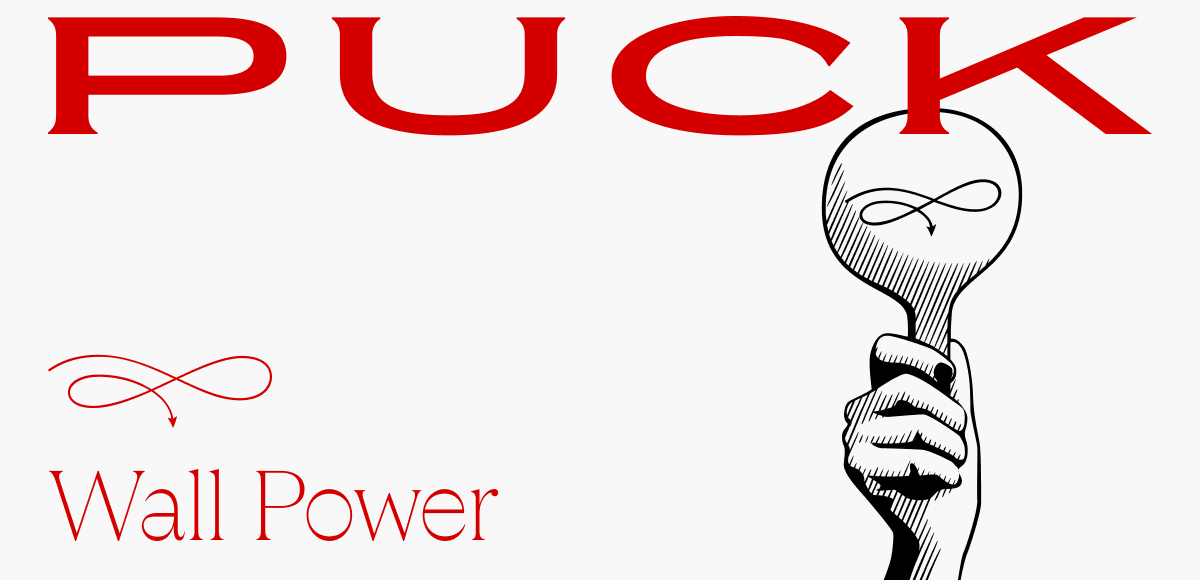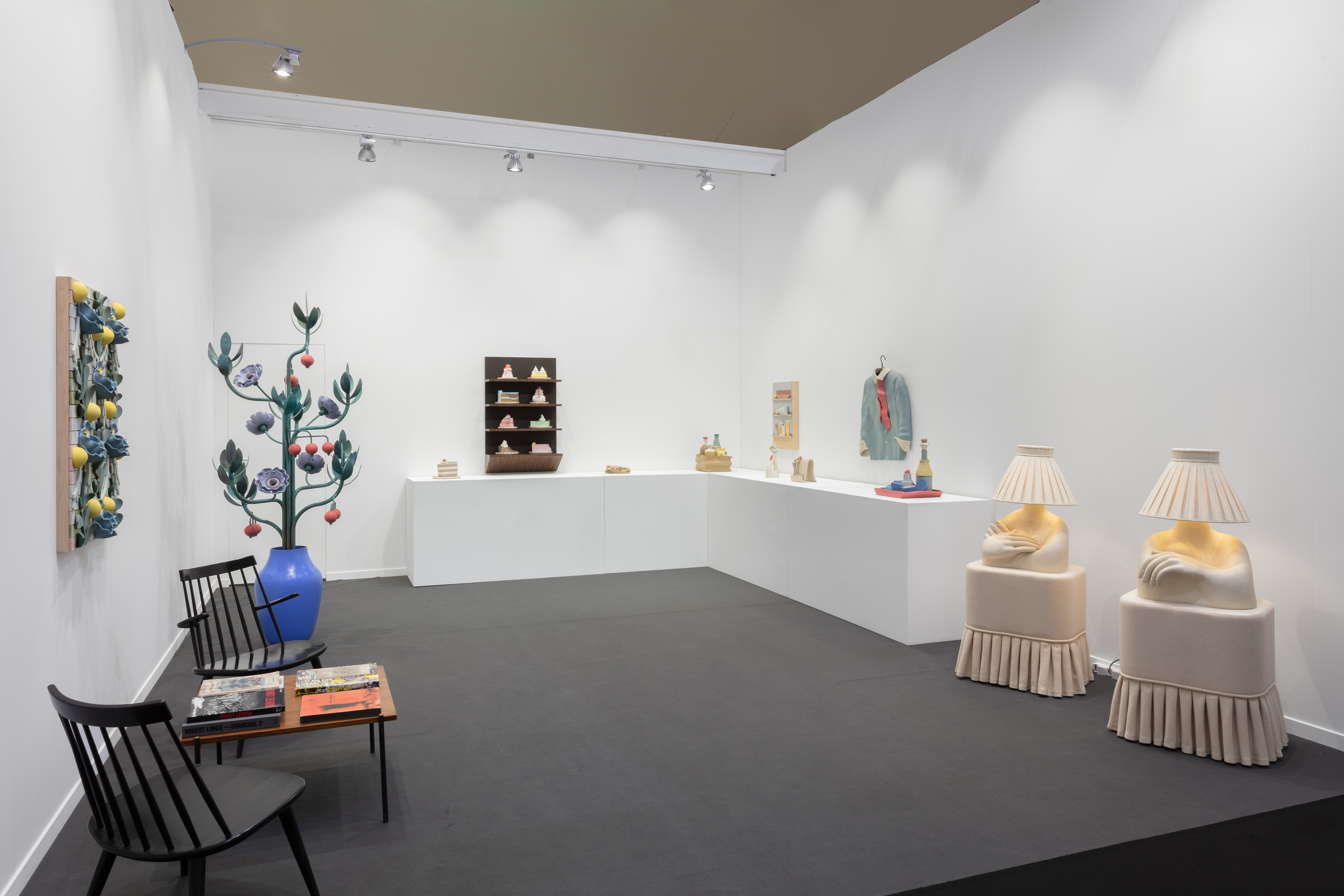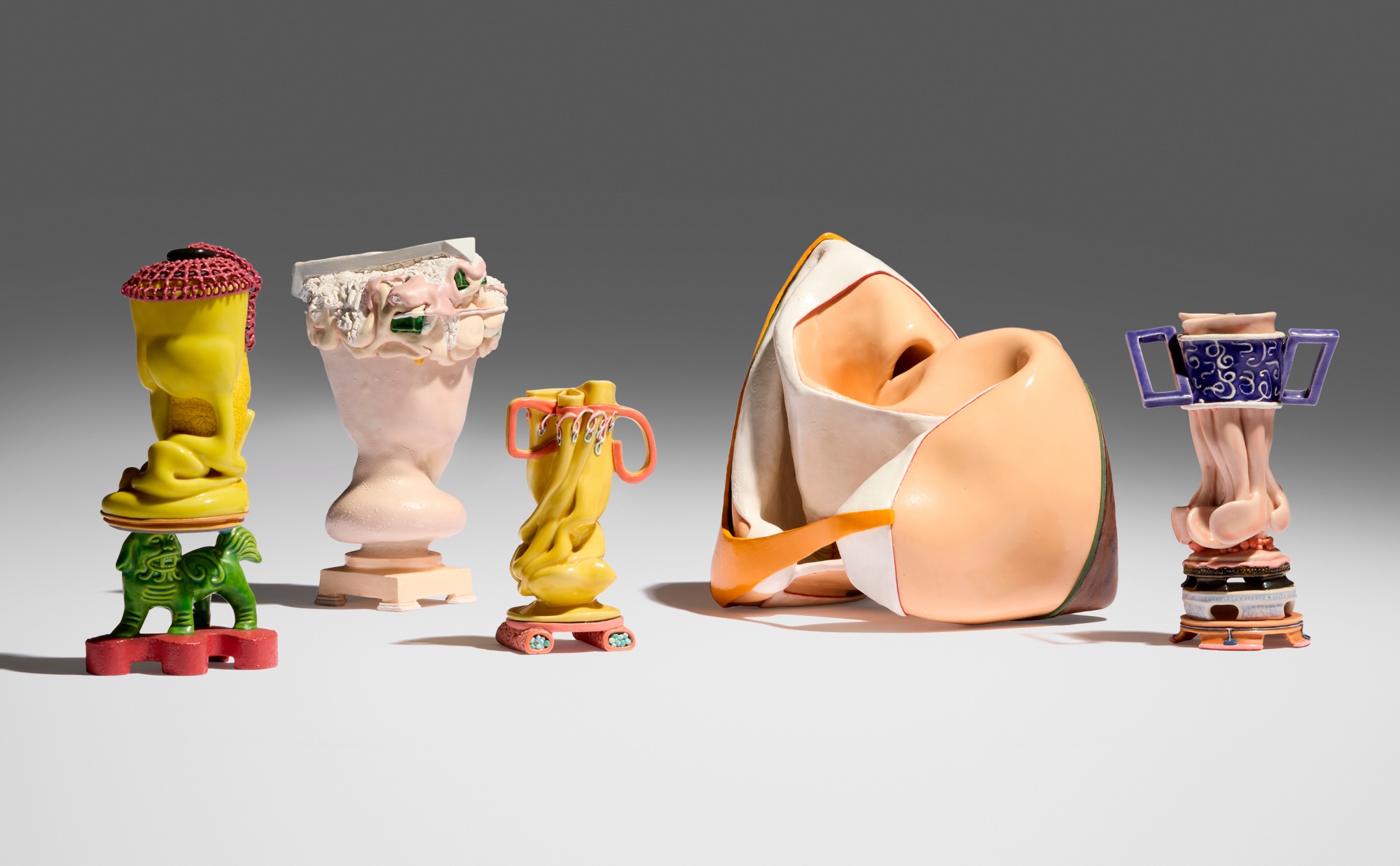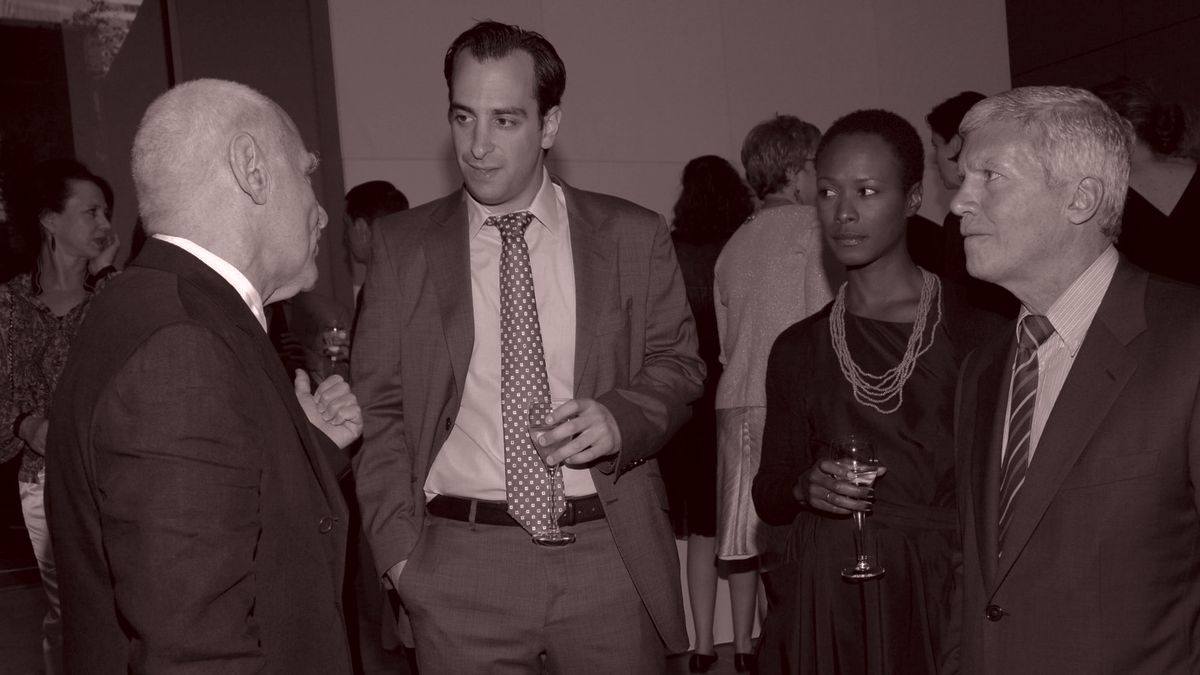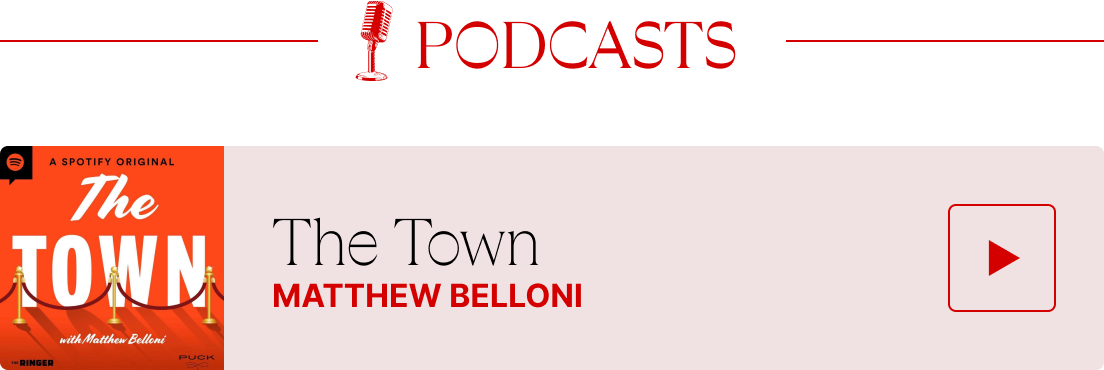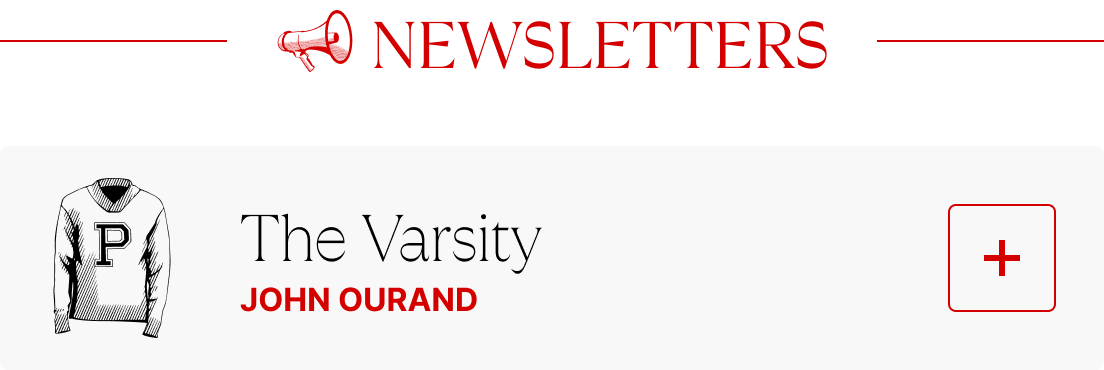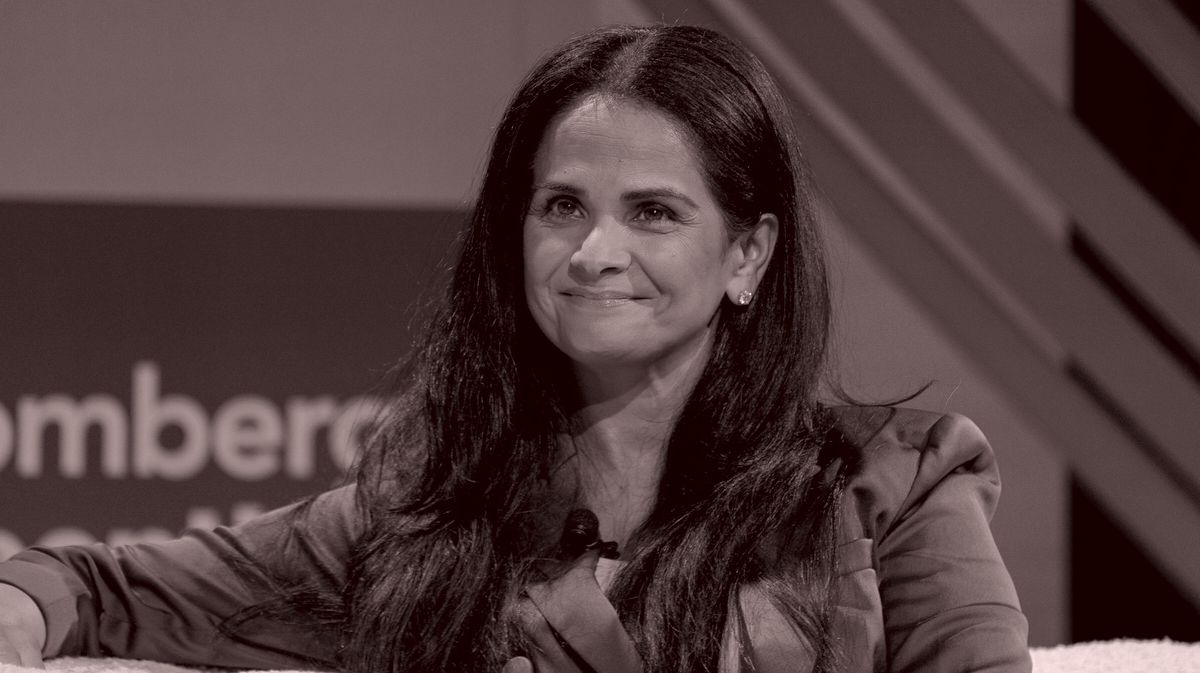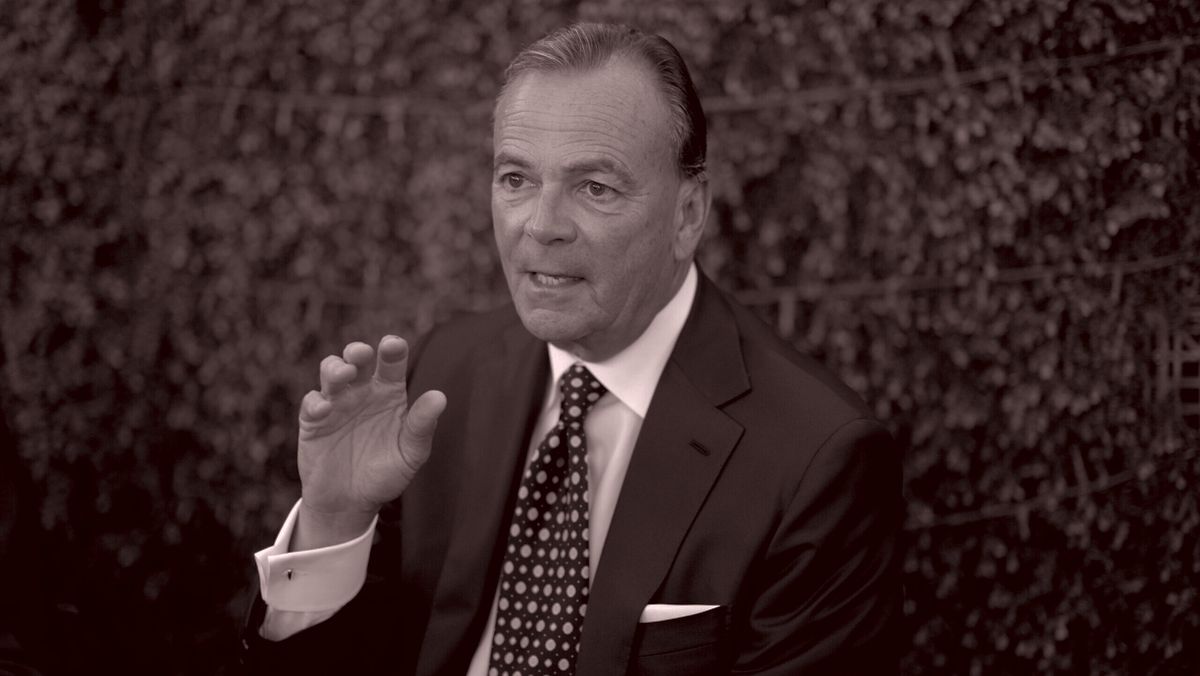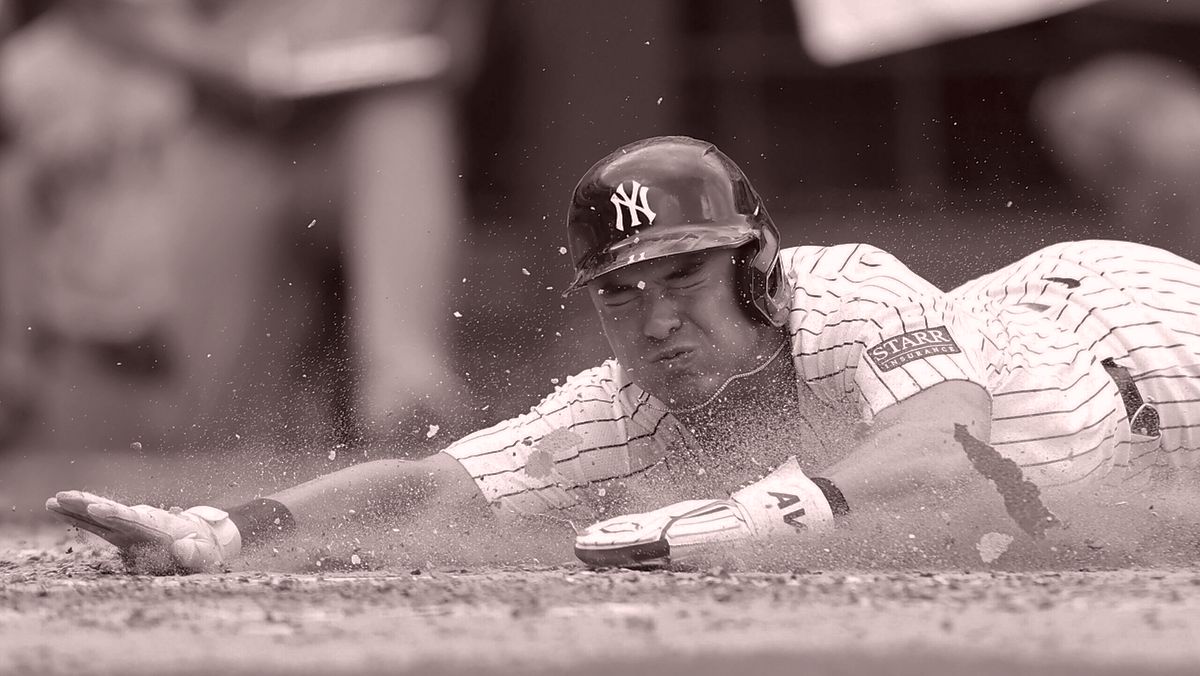Hello, and welcome back to Wall Power. I’m Marion
Maneker.
If you follow the art world on Instagram, you’re already aware that there are a lot of art advisors who exude main character energy, flooding our feeds with art works they see on their travels, bragging about their latest acquisitions, or sharing carefully anonymized behind-the-scenes shots with clients. There are so damn many art advisors, in fact, that I’ve often wondered why they
haven’t banded together into some sort of supergroup that could challenge the auction houses or galleries for dominance. Tonight, I’m going to explain why that hasn’t happened.
But first, here’s Julie with a few good tales from around the world…
|
|
|

|
Julie Brener Davich
|
|
- Gstaad’s
passage obligé: While American one-percenters jet off to Aspen for the long weekend (where they’ll find a site-specific multipart project by Alex Israel called Heaven), Europe’s un pour cent is landing in Gstaad. Many are there for Le Très Long Weekend du Rosey, when families of students at Institut Le Rosey—one of the world’s
most prestigious boarding schools, whose winter campus is in Gstaad—gather from all over the globe. It’s a major event on the social calendar, coinciding with the second edition of the Maze Art Gstaad salon (don’t dare call it a fair), which makes Gstaad, as one insider described it, passage obligé—not to be missed.
Maze is a constellation of salons created by Thomas Hug, the former director of the Art Genève and Art Monte-Carlo fairs—before he was
fired in 2023 over allegations of fraud and theft. (Hug maintained his innocence at the time and did not respond to my email asking for comment.) Anyway, Hug wasted little time in launching Art Gstaad in early 2024, as well as a series of other
exhibitions and cultural events taking place throughout the year in Paris, Barcelona, Monte-Carlo, St. Moritz, and Le Muy, France.
The 34 galleries with booths include Kurimanzutto, Marian Goodman, Pace, and White Cube, with Phillips as a participating sponsor for the second year, along with some other luxury brands. Valentina Volchkova, head of Pace in Geneva, told me that the gallery decided to participate after she attended last year and found a “salon-like atmosphere”
that “allows for deeper engagement and meaningful connections.”
|
Installation view of Pace at Maze Art Gstaad. Photo: Sebastiano Pellion/Courtesy of Pace
Gallery.
|
- Pace’s booth is a solo presentation of works by Genesis Belanger, who creates intimate porcelain sculptures critiquing consumption, like a sandwich, or the inside of a bathroom cabinet. Kurimanzutto is bringing works by Leonor Antunes, Petrit Halilaj, Danh Vo, and Gabriel Orozco (whose museum show Marion
wrote about last week), among others. White Cube is showing a wide array of works by the likes of Georg Baselitz, Theaster Gates, Lynne Drexler, Tracey Emin, Marguerite Humeau, and Jessica Rankin. The participating galleries with permanent spaces in Gstaad are Almine
Rech, Gagosian, Patricia Low, and Studio Naegeli.
Meanwhile, at Tarmak22—an exhibition space at the Gstaad airport founded in 2019 by local real estate maven Antonia Crespi and Agnelli heiress Tatiana de Pahlen—there’s the new Calder in Flight show from Nahmad Contemporary. The gallery describes the show on its website as seen by (not curated by) Edward Enninful, the former editor-in-chief of
British Vogue, explaining that he “oversaw the unique installation” of the show’s nine sculptures and mobiles. He also wrote a short introduction to the accompanying catalogue. The exhibition’s aviation theme is fitting for Enninful, who flew a little too close to the sun—the sun in this case being Anna Wintour—as my partner Lauren Sherman
detailed way back in 2023.
|
- Ceramics in the spotlight: Before Rago, Wright, and Los Angeles Modern Auctions partnered up, each was a leader in its own sector of the ceramics market. New Jersey–based Rago had the market cornered for American arts and crafts and studio ceramics; Chicago-based Wright for Midwestern makers and modern and contemporary ceramics; and LAMA for West Coast makers. For Rago/Wright’s upcoming
sale of postwar and contemporary ceramics on Wednesday, they are previewing a selection of the 269 lots in each of these different locations, plus New York.
This past fall, Rago/Wright’s Manhattan gallery moved a few blocks south from its former space in the High Line Nine, to 501 W. 20th Street. (I’m giving the full address because it’s not even on
Google Maps yet, and you’ll definitely want to check it out.) The ceramics on view comprise about one-third of Wednesday’s sale, and range from a Peter Voulkos mid-century stoneware sculpture, estimated at $15,000; to several of Toshiko Takaezu’s closed forms from the 1980s and 1990s, estimated from $3,000 to $15,000; to a
couple of recent Roberto Lugo mugs, estimated at $1,000 each. Minor Lugo works such as these, which “encapsulate his artistic vision on a smaller scale,” are just starting to appear on the secondary market, said Rago/Wright’s senior director of strategy, Megan Whippen.
Standouts in the sale include two monumental Jun Kaneko works, both from his Dango series (the Japanese word for “dumpling”).
One, with colorful stripes and two areas of contrasting copperish glaze, is estimated at $20,000; the other, a 7-foot-tall black-and-white sculpture, is estimated
at $60,000. At the time of this writing, the larger work had already been bid up to $95,000. The Takaezu closed forms have also attracted interest: Three of them already have multiple bids.
|
Works by Kathy Butterly from the Kalodner Collection. Photo: Courtesy of
Rago/Wright
|
- Twenty-nine of the lots in the sale come from the collection of Marge Kalodner and her late husband, Philip, who were devoted collectors of ceramics for four decades and had relationships with many of the artists whose pieces they acquired. Works from their collection by Wouter Dam, Richard DeVore, and Ken Ferguson are on view in New York alongside five Kathy
Butterly sculptures, including an unusual 2008 work, Latex, estimated at $8,000.
Whereas the ceramics category was previously dominated by dedicated collectors like the Kalodners, it is now attracting cross-category buyers who see, for example, how a Takaezu piece fits alongside an abstract expressionist painting. Take that kind of
vision with you to the previews, which are open through the 19th (Chicago and Los Angeles by appointment only).
|
- The Apfel estate soars: Like many celebrity auctions, the online sale of the Iris Apfel collection at Christie’s blew past expectations, making $930,000 against an estimate of $150,000. That latter figure was, of course, guided by retail value, which cannot accurately account for the unquantifiable fame factor in the final price. Overall, the iconically bespectacled interior designer’s accessories and decorative arts performed better
than the fashion, since clothing size naturally limits the size of the market.
A pair of pendant lights with ceramic parrots was the early frontrunner in the two-week online auction and came out on top in the end, with a final price of about $40,000 against an estimate of $2,000. The light fixtures are not only a great example of Apfel’s personal taste—“They’re just so her,” many viewers remarked—but they also nod at her Rara Avis (that’s Latin for “rare bird”) Met
exhibition and fashion line.
The runner-up lot was an 18-inch-tall Japanese ceramic vase by an unknown maker, delightfully decorated with paintings of miniature ceramics. It was estimated at just $300 and sold for about $25,000. (No, that’s not an extra zero.) The second runner-up was a six-panel floor screen opulently adorned with painted figures, which sold for almost $19,000 against an estimate of $4,000. Both items were in her living room and appear in numerous photos with
her.
And of course, it was also a big day for eyewear, Apfel’s signature accessory. A single lot of 10 pairs from various brands—some Apfel’s own designs—made over $16,000 against an estimate of $200. Another lot of 18 pairs from her collection with Zenni, estimated at $400, made about $15,000.
If you’re sad to have missed out on something that you really wanted, chin up. Doyle just announced they will be offering 600 more
lots of apparel, accessories, and home decor from Apfel’s eclectic collection on March 4 and 5.
|
|
|
And now, my manifesto on art advisors…
|
|
|
The art advisor business, always a boutique concern, has not kept pace with the
growth of mega-galleries and global auction houses. The obstacles speak volumes about the quirks of scaling a very white glove business.
|
|
|
A few years ago, I was having a casual conversation at a party with an
art-collecting hedge fund manager—a thoughtful guy who engaged seriously with the art world, and happened to work with an advisor whom I found abrasive. Our host, who is even more blunt than I am—can you imagine?—made a comment about the advisor’s challenging personality and inquired, “Why do you work with that person?”
Unperturbed, the collector responded that, while he was fully aware of the
advisor’s limitations, he needed someone who did a lot of business with the Zwirners, Hausers, and Gagosians of the world to get him to the head of the line. Indeed, he was acknowledging a central truth of this part of the business: Access is the currency of the primary market. By zealously developing that access, art advisors have been able to generate value for themselves and for the galleries. (Who do you think keeps collectors from going rogue and flipping in-demand works? The advisors, who
need to protect their gallery relationships.)
After all, a good advisor can make a great deal of money working for only a few committed clients who transact at the top of the market—they get paid, at least in part, based on the volume of their transactions. And like the family-office industry, which has grown up to service the needs and whims of the ultra-wealthy, art advisors have emerged
to handle the unique challenges of navigating an individual’s entrée into collecting or managing ever-larger collections. But for a number of reasons—from competition over deals that often discourages transparency and cooperation, to the conflicts of interest that would inevitably arise within more expansive firms—there have been no market forces incentivizing independent advisors to band together to create a large-scale advisory firm that would mirror the consolidation of the auction and
gallery businesses. As a result, a mega advisory has yet to emerge.
That’s not to say firms aren’t growing. Sandy Heller, perhaps the premier art advisor of his time, has added as partners Jean-Olivier Després in Paris and Etsuko Nakajima in Tokyo. Jussi Pylkkänen recently opened his own advisory firm. When Wentworth
Beaumont and Hugo Nathan joined forces in 2014, their goal was to build a best-in-class organization that was more than a lifestyle business for themselves and could bring a level of professionalism to art advising, which often seems more like a cottage industry. To a degree, they’ve succeeded, but it has taken them a decade to build trust with both clients and dealers. And in order to grow, they’ve had to train their own talent.
Earlier this week, when I spoke to the team at Beaumont Nathan about the promotion of three longtime employees to equity partners, it seemed like a good time to ask the possibly awkward, but unavoidable, question: Why haven’t we seen the emergence of a large global advisory firm to match those global galleries and auction houses? After all, the art industry behaves like any other: There is a value chain as an object goes from creator to
consumer, and the expansion of any one link should have a ripple effect, thereby enhancing the others. Why has the art advisor business been immune?
|
The first real attempt to build a large-scale advisory business took place in
2016, at Sotheby’s, when the auction house paid $85 million to acquire Art Agency, Partners. The deal was essentially an acquihire of the firm’s three partners, with Sotheby’s installing Amy Cappellazzo as head of the fine art division, giving Adam Chinn the role of chief operating officer, and leaving Allan Schwartzman to run the AAP team inside the corporation. It seemed like a natural expansion of what an auction house ought to provide its
clients—Sotheby’s seemed to be morphing into an analog of the big Wall Street banks, with a trading floor (the auction room), an investment bank providing liquidity options (Sotheby’s Financial Services), and, now, a private bank offering advisory services (AAP).
But for AAP to grow, it needed to build a roster of younger advisors who could benefit from Schwartzman’s reputation and visibility to eventually
establish their own client bases. Strategically, at least, that sounds easy enough, but it’s very hard to put into practice. Personalities don’t always align, and short-term priorities can get in the way of long-term growth. In the end, Sotheby’s just didn’t have a deep enough management bench to figure out a way to build AAP. By the time Patrick Drahi bought the company in 2019, the art advisory business didn’t fit with Drahi’s vision of Sotheby’s as a luxury retailer burnished
by the auction house’s reputation. Soon after the change in ownership, Schwartzman left.
In my conversations with the folks at Beaumont Nathan, the partners all felt strongly that their ability to grow beyond the founders—60 percent of the deals are now done by advisors who don’t have their names on the door—was a combination of information-sharing across the firm and a conscious program of mentorship. In
other words: good management. The Beaumont Nathan leadership team recognized that growth depended on developing more advisors, rather than trying to hire advisors from outside, or ex-auction house personnel with a similar skill set. (As those who have worked inside auction houses and galleries have noted, information-sharing is rare among people who stand to earn commissions from sales.)
The other
challenge to scaling an advisory business relates to how advisors are compensated: typically via retainer, a commission on sales, or a flat fee for a particular project. Smart clients (or smart advisors) prefer a hybrid model that combines a retainer with commissions—keeping them close but also incentivizing them in success. Some have suggested that a smarter model would provide different commission rates for, say, finding a buyer for a work (which really adds value), and, say, managing
a relationship with an auction house. And of course, there’s also a commission on the buy side, which doesn’t necessarily align the client’s interest with the advisor’s.
That’s only the beginning of the potential conflicts inherent in the advisory business. If you think a big advisory firm makes sense because of its greater reach—more clients means more market insight, including who has which works in
their collection—you have to manage who is representing whose interests if you want to act as a brokerage. (The big appraisal firms keep their appraisers, brokers, and art advisors siloed.) There are also some advisory firms that buy and hold art that they believe clients will want someday. Do they disclose to the eventual buyer, if it is a client of theirs, that the work comes from their own holdings? They should.
To
cover the overhead costs of a sufficiently large advisory firm, one has to have enough clients willing to pay a retainer. This actually argues for advisory firms to be part of larger entities, like auction houses, because they can carry the overhead and allow the advisors to focus on their work. Unfortunately, a very successful advisor will quickly want to strike out on their own to keep more of the upside. It’s a fissiparous business, this advising thing.
|
On my way out the door, I just wanted to say that Sotheby’s has announced that
they will be partnering with Roman and Williams on the restaurant in the basement of the Breuer building on Madison Avenue, which they say will open this autumn. The chef and concept are still to be determined.
I’ll be in Los Angeles next week for Frieze. As always, if you see me, please say hello.
Talk
soon,
M
|
|
|
Puck founding partner Matt Belloni takes you inside the business of Hollywood, using exclusive reporting and
insight to explain the backstories on everything from Marvel movies to the streaming wars.
|
|
|
A professional-grade rundown on the business of sports from John Ourand, the industry’s preeminent journalist,
covering the leagues, players, agencies, media deals, and the egos fueling it all.
|
|
|
Need help? Review our FAQ page or contact us for assistance. For brand partnerships, email ads@puck.news.
You received this email because you signed up to receive emails from Puck, or as part of your Puck account associated with . To stop receiving this newsletter and/or manage all your email preferences, click here.
|
Puck is published by Heat Media LLC. 107 Greenwich St, New York, NY 10006
|
|
|
|
